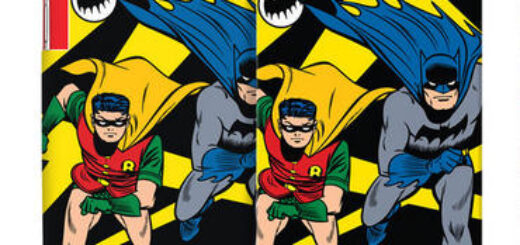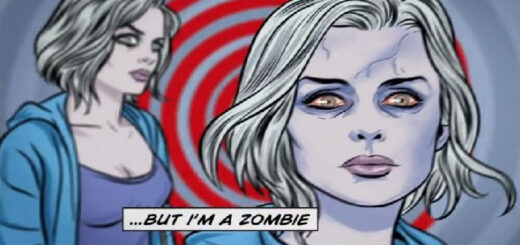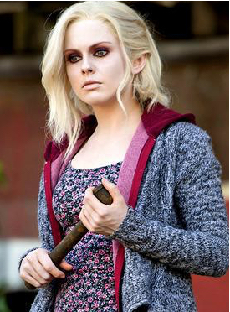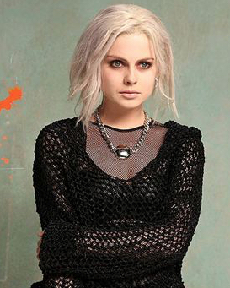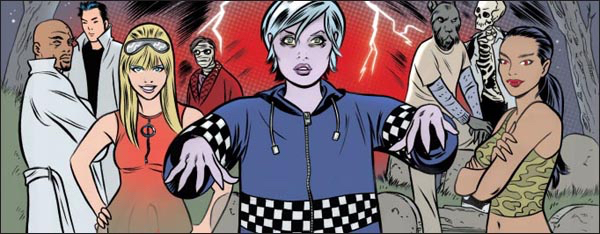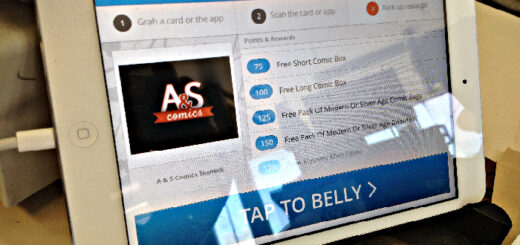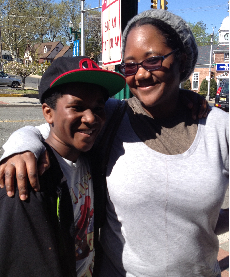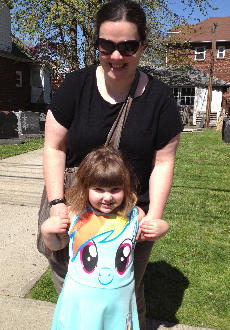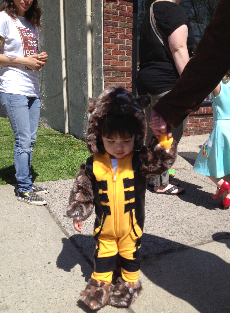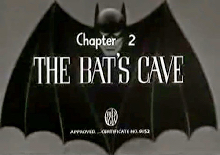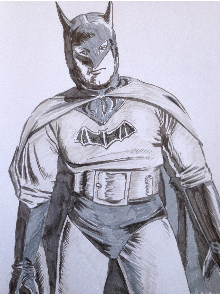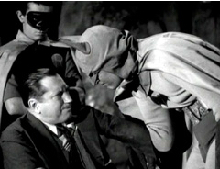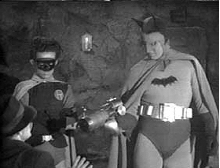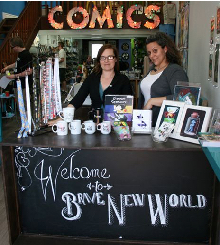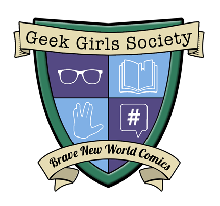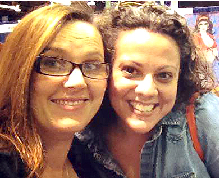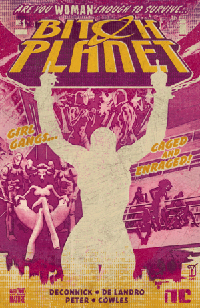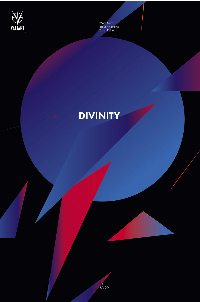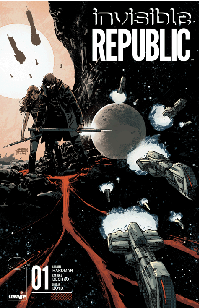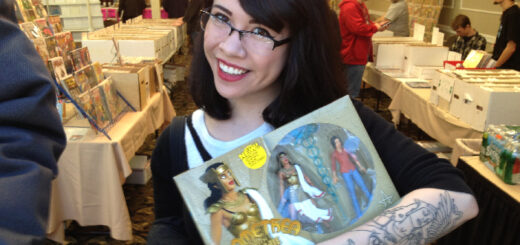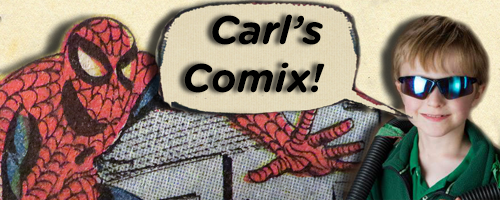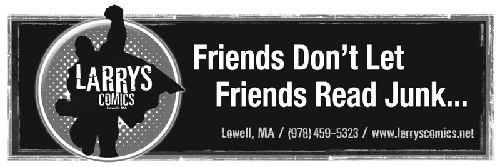Ed Catto: The Batman Nobody Knows… Yours
 One of the marketing trends today is for consumers to take a brand and make it their own. An example is the phenomenon of customizing phones. I’m sure that just about everyone you know has selected a cellphone case so that their phone has really become their phone. And a few years ago, I had a role in a Kia Soul marketing campaign. The big idea was that you, as a car owner, could customize the Soul in whatever way worked best for you. And there’s more of this brand customization in the future. Centennials, the group that comes after Millennials, are even more passionate about personalizing brands.
One of the marketing trends today is for consumers to take a brand and make it their own. An example is the phenomenon of customizing phones. I’m sure that just about everyone you know has selected a cellphone case so that their phone has really become their phone. And a few years ago, I had a role in a Kia Soul marketing campaign. The big idea was that you, as a car owner, could customize the Soul in whatever way worked best for you. And there’s more of this brand customization in the future. Centennials, the group that comes after Millennials, are even more passionate about personalizing brands.
Geek Culture’s passionate fans already have their own personalized visions of popular entertainment brands and characters. They are a finicky bunch, especially when it comes to change. Long gone are the days when they blindly accepted reboots or revisions to a character without a critical eye or, at the very least, a thorough internet analysis. Just think about the extreme level of scrutinization for the recent Star Wars trailer. And didn’t the Internet just about break when Ben Affleck was announced as the latest cinematic Batman or when Wonder Woman’s movie outfit was revealed?
Now, I’ve enjoyed a few Batman stories over the years. But I admit that when I do, I am also guilty of personalizing this entertainment mega-brand. And my version of the character is “The Batman Nobody Knows”.
But first, a quick digression. The marketing folks behind today’s comic series typically use anniversary issues – the “significantly” sequentially numbered comics – as mini-celebrations. Today, the 50th or 100th issue of a comic may include an important event or special story and that screams “Buy Me Now!” But that wasn’t the case back in 1973 when DC published Batman #250. Although we consider the creators “giants” today (Dick Giordano, Frank Robbins, Irv Novick) the cover and the stories within seemed to be pretty standard fare. There was no “call to action” cover blurb urging fans not to miss this “250th Anniversary Smash Issue”.
But you know what? There should have been. The third story in this comic is outstanding. “The Batman Nobody Knows”, written by Frank Robbins and penciled and inked by Dick Giordano, is a clever tale about the different interpretations of Batman. A bunch of kids gather around a summer campfire as each explains his or her own notion of what Batman is really like. And as you can guess, each kid’s version is wildly different from that of the others.
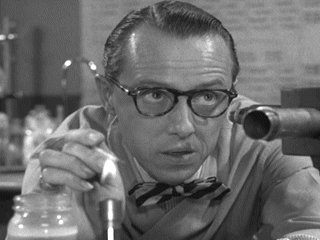 My Batman, my tweaking of this brand, is a little different from yours, I’ll bet. Even though I was introduced to the character via the Adam West Batman ’66 TV show, whenever I read Batman’s dialog I naturally hear the voice of Olan Soule in my head.
My Batman, my tweaking of this brand, is a little different from yours, I’ll bet. Even though I was introduced to the character via the Adam West Batman ’66 TV show, whenever I read Batman’s dialog I naturally hear the voice of Olan Soule in my head.
Who’s that, you ask? You probably know Adam West and Christian Bale. You probably know Michael Keaton, Val Kilmer and everybody knows George Clooney. And for Batman’s voice, perhaps you imagine the vocal talents of Kevin Conroy, Peter Weller, Troy Baker, Roger Craig Smith or Diedrich Bader. I’m pretty sure none of you think of the three Batman voices from the golden age of radio: Matt Crowley, Stacy Harris or Gary Merrill.
Olan Soule was a character actor who appeared in thousands of roles in old radio shows. He was the lead in Mr. First Nighter, a kind of Broadway/showbiz weekly comedy-drama. He also appeared in many TV shows – everything from The Twilight Zone to The Love Boat to ..the Adam West Batman ’66 show. Soule was also on the Silver Screen, in movies as diverse as Hitchcock’s North by Northwest to Disney’s The Apple Dumpling Gang. Trust me – you’ve seen him so many times.
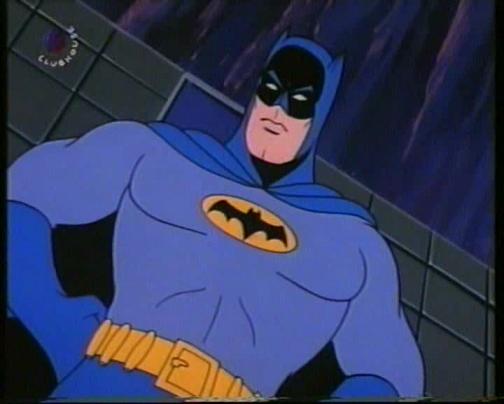 Soule’s turn at Batman was, in retrospect, unique. His Batman wasn’t the brooding vengeful avenger. It wasn’t even really the campy, silly superhero. In the Filmation The Batman/Superman Hour cartoon, and later in Hanna Barbara’s Super Friends series, he brought a quiet, focused heroism to the role. And then he infused it with confidence, urgency and a sense of purpose. His Batman was cool under pressure and always seems to know that with a little hard work, everything would be all right in the end.
Soule’s turn at Batman was, in retrospect, unique. His Batman wasn’t the brooding vengeful avenger. It wasn’t even really the campy, silly superhero. In the Filmation The Batman/Superman Hour cartoon, and later in Hanna Barbara’s Super Friends series, he brought a quiet, focused heroism to the role. And then he infused it with confidence, urgency and a sense of purpose. His Batman was cool under pressure and always seems to know that with a little hard work, everything would be all right in the end.
Every now and again, I’ll hear Olan Soule in some show. He’s instantly recognizable. A few Saturdays ago I was watching an episode of The Monkees with one eye. But when I heard one character’s lines, I perked right up and knew it was Olan Soule. He had a meek, bespectacled look, but his voice was full of timbre and gravitas. And that’s how I like to personalize one of my favorite heroes. To me, Batman is not a vengeful, driven-over-the-edge clenched teeth kind of guy. He’s not a goofy, parody of a hero, either. He’s just a driven, focused guy trying to make a difference and taking what comes with a smile. That’s not so bad, right?
But, enough about me. How do you personalize your brand of Batman? And it’s okay if it’s just via your cellphone case.

